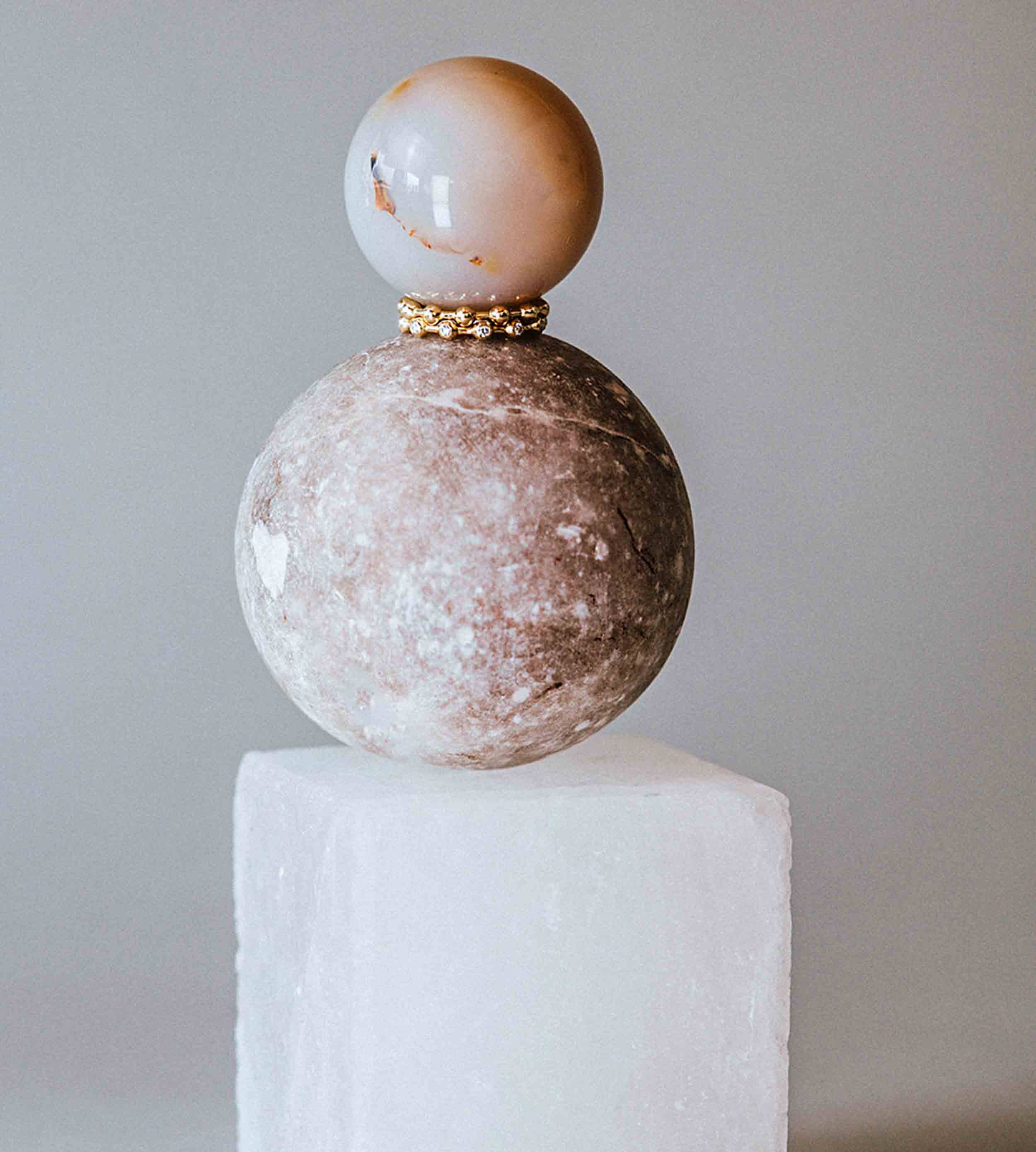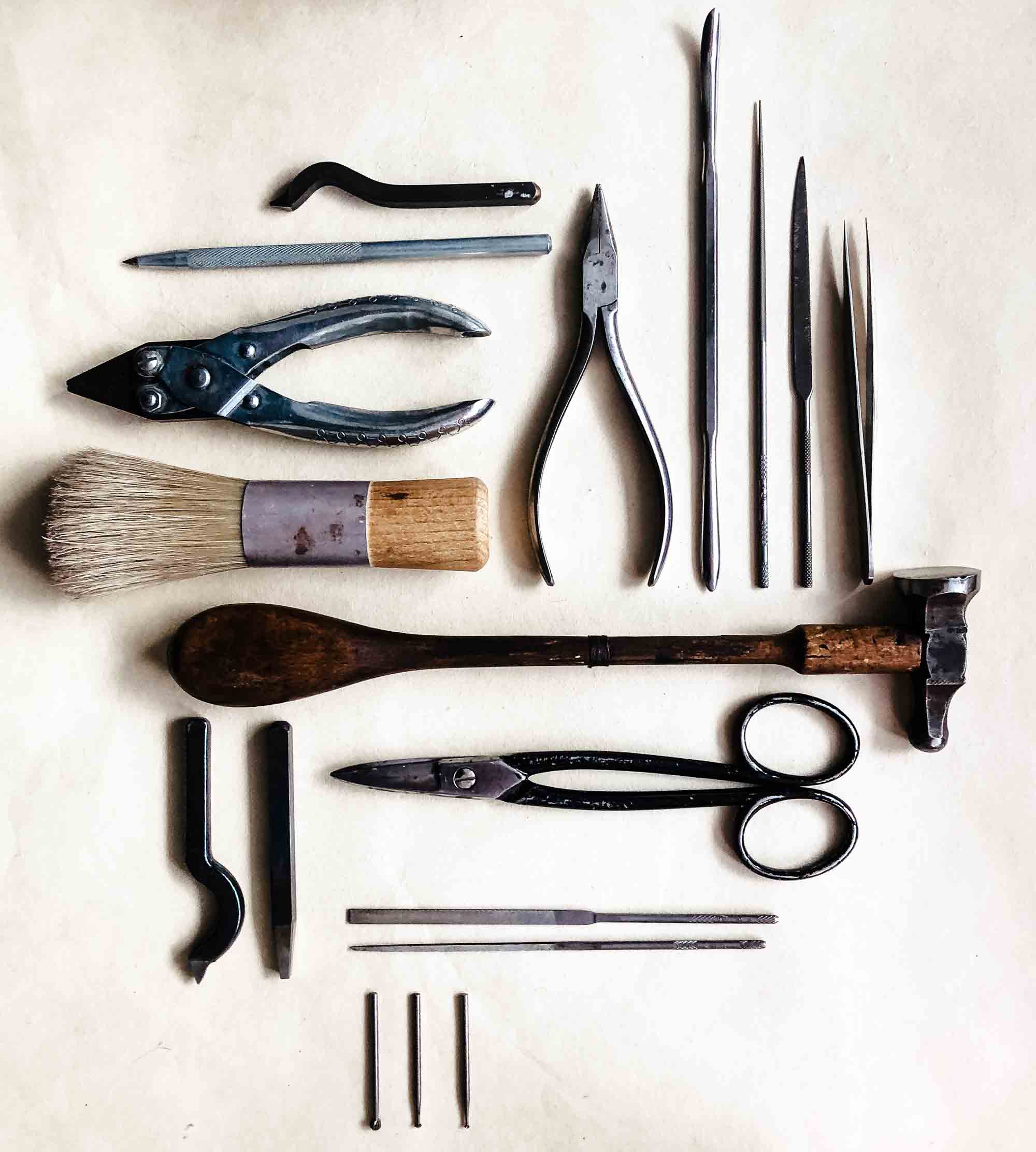Design is more than just aesthetics. It is attitude, responsibility – and an effective tool for social change. In a world faced with global crises, social inequality, and ecological challenges, the creative industry has a special role to play: it can raise awareness, mobilize, and transform.
But how can this be implemented in practice? And what does it mean to be creative – with regard to sustainability and global responsibility?
Valentina Marschik is someone who can answer these questions not only theoretically but also from deep practical experience. As the program director of the United Nations Fashion and Lifestyle Network at the PVBLIC Foundation, she works at the intersection of fashion, sustainability, and social impact. Her goal: to actively advocate for transparent, inclusive, and transformative engagement of global stakeholders through the UN Fashion and Lifestyle Network.
In this Expert Talk, we speak with Valentina about the responsibility of design, the role of the SDGs in the creative industry – and what taking a stance can look like in practice.







